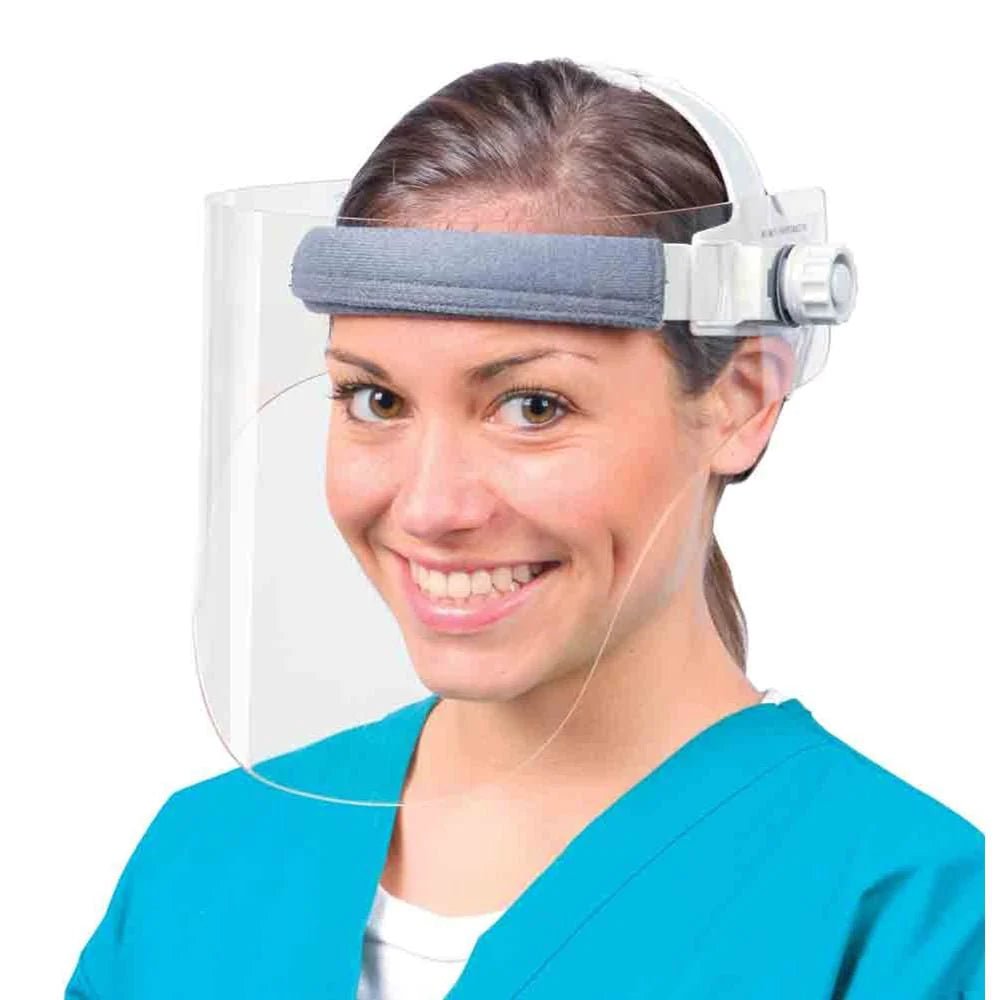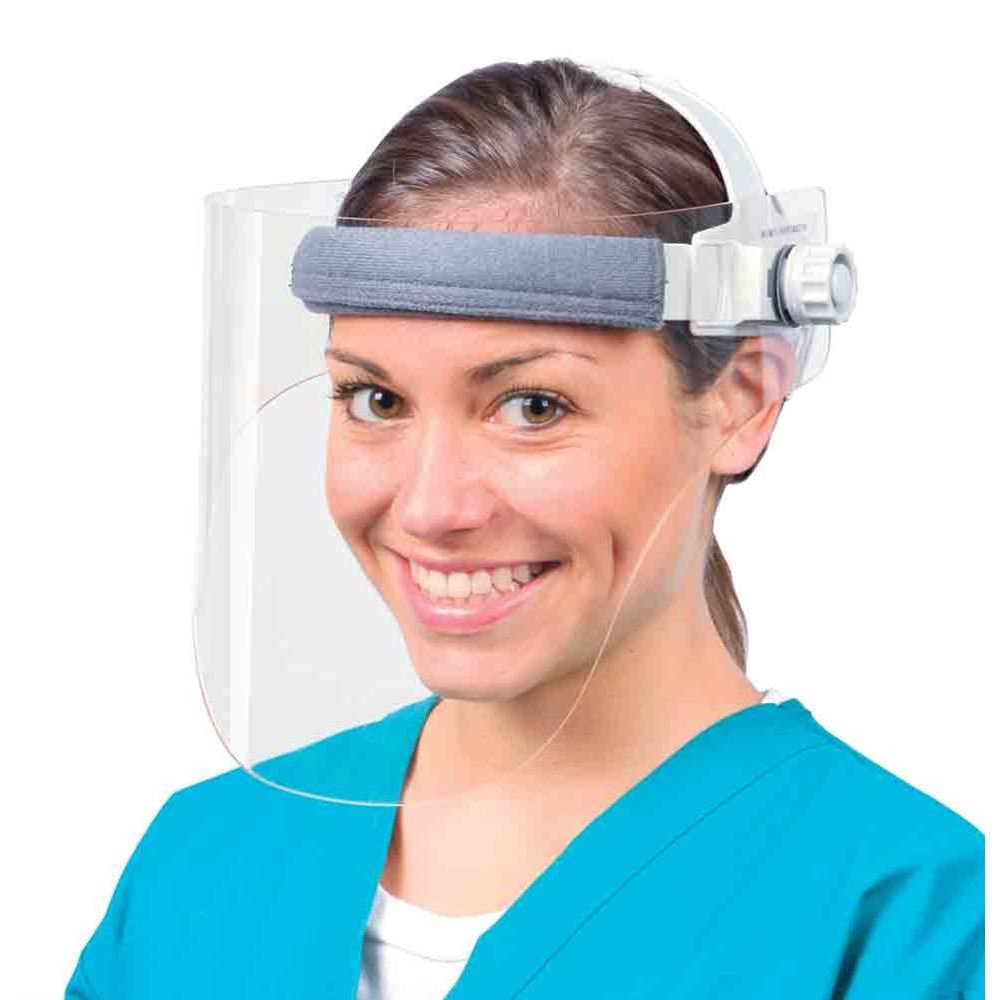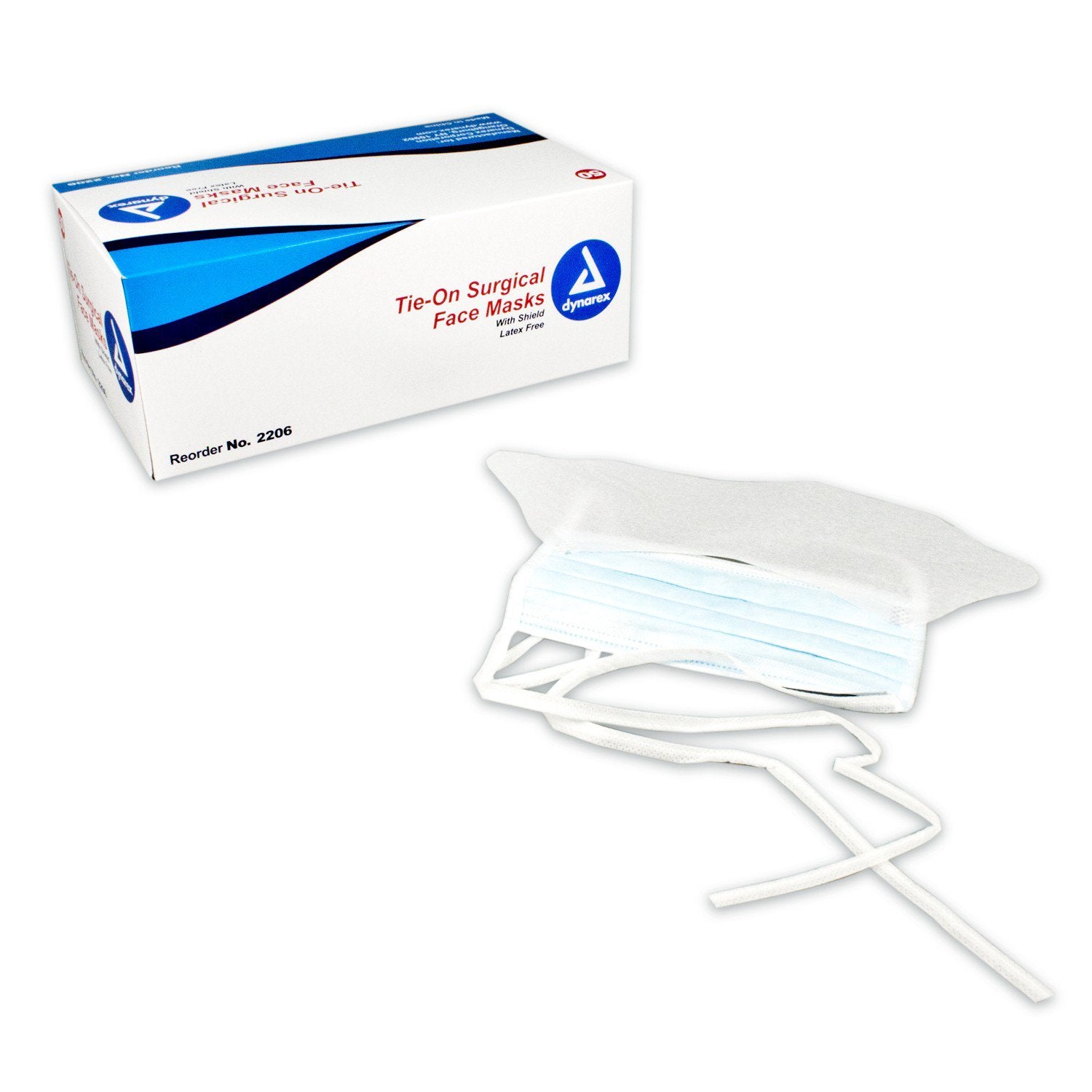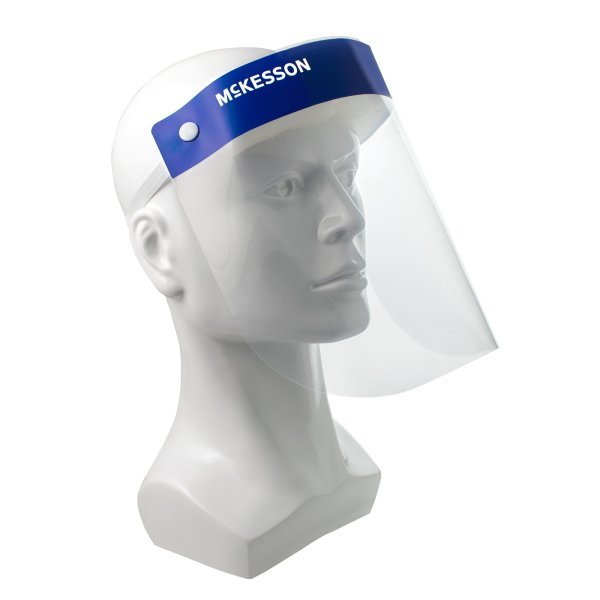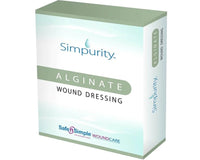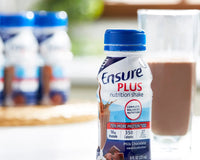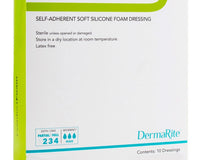Eye protection is crucial in a variety of environments, whether it's in the workplace or during recreational activities. One common question that arises is whether a face shield can be considered effective eye protection. In this article, we will delve into the topic and explore the benefits, considerations, and guidelines for using face shields as eye protection.
What is a face shield? A face shield is a protective device that covers the entire face, including the eyes, nose, and mouth. It consists of a transparent visor made from materials such as polycarbonate or acrylic, which provides a barrier against various hazards.
Face shields vs. safety glasses While safety glasses are designed to protect the eyes specifically, face shields offer more comprehensive protection by covering a larger portion of the face. Safety glasses are typically lightweight and provide a close fit, while face shields offer full-face coverage and may be worn over prescription glasses or goggles.

Are face shields considered eye protection? Yes, face shields are considered a form of eye protection. They provide a physical barrier that can shield the eyes from hazards such as flying debris, splashes, and sparks. However, the level of protection may vary depending on the specific hazards and industry requirements.
Factors to consider When evaluating the effectiveness of face shields for eye protection, several factors should be considered:
- Impact resistance: Ensure the face shield meets the necessary impact resistance standards.
- Optical clarity: Choose a face shield with excellent visibility and minimal distortion.
- Compatibility: Verify if the face shield is compatible with other personal protective equipment (PPE), such as respirators or hard hats.
- Comfort and fit: Opt for a face shield that is comfortable to wear for extended periods and provides a secure fit.
How to choose the right face shield for eye protection To select the appropriate face shield for eye protection, follow these steps:
- Assess the potential hazards in your environment.
- Determine the required level of protection based on industry standards and regulations.
- Choose a face shield with the appropriate visor material and thickness for the identified hazards.
- Ensure the face shield provides adequate coverage for the eyes, including the sides.
- Verify that the face shield meets relevant safety standards and certifications.
Face shields can be considered effective eye protection in various situations. Their full-face coverage and ability to protect against a range of hazards make them a valuable safety tool. However, it is crucial to assess the specific requirements of your environment and choose a face shield that meets the necessary standards for optimal eye protection.

